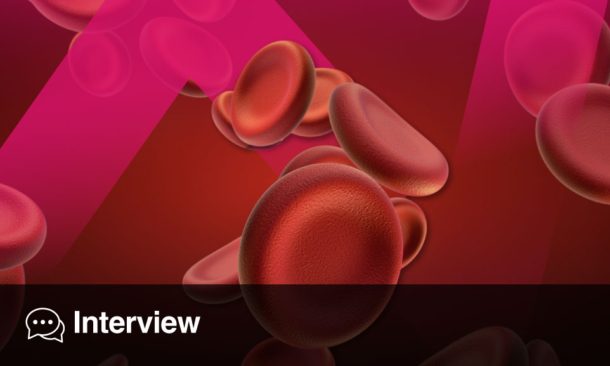A RECENT study has found that post-transplant cyclophosphamide (PTCy)-based graft-versus-host disease (GVHD) prophylaxis may significantly improve outcomes for patients undergoing hematopoietic cell transplantation (HCT), particularly expanding access to those from non-European ancestries.
The research, which analysed data from over 10,000 adult recipients reported to the Center for International Blood and Marrow Transplant Research between 2017–2021, compared outcomes between patients receiving HLA-matched unrelated donor (MUD) and mismatched unrelated donor (MMUD) HCT using either PTCy- or calcineurin inhibitor (CNI)-based prophylaxis.
The study revealed that patients receiving PTCy-based prophylaxis had better overall survival (OS) and GVHD-free, relapse-free survival (GRFS) compared to those receiving CNI-based prophylaxis. Notably, the survival benefits were consistent across both MUD and MMUD transplants, with PTCy demonstrating improved GRFS regardless of donor matching. Furthermore, the benefits of PTCy were observed independent of patient ancestry, highlighting its potential to broaden donor availability and improve access to life-saving transplants for individuals from diverse backgrounds.
The findings suggest that PTCy-based prophylaxis could be a crucial tool in addressing disparities in transplant access and outcomes, particularly for those who may struggle to find fully HLA-matched donors. By expanding the pool of suitable donors through the inclusion of MMUD, PTCy-based approaches may help overcome barriers to HCT, offering new hope to patients in need.
Helena Bradbury, EMJ
Reference
Shaffer BC et al. Post-Transplant Cyclophosphamide–Based Graft-Versus-Host Disease Prophylaxis Attenuates Disparity in Outcomes Between Use of Matched or Mismatched Unrelated Donors. J Clin Oncol. 2024.







